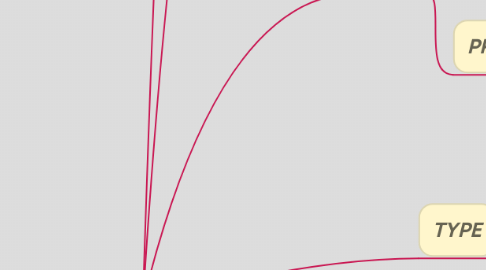
1. Suitable for dense fine grained surfaces
2. TYPE
2.1. Coal Tar
2.2. Produce a less slippery surface
2.3. Wood Tar
2.4. Mineral Tar
2.5. Coal Tar Pitch
3. Bitumen
3.1. DEFINITION
3.1.1. Any of various flammable mixtures of hydrocarbons and other substances found in asphalt and tar. Bitumens occur naturally or are produced from petroleum and coal.
3.2. PROPERTIES
3.2.1. water proof
3.2.2. specific gravity
3.2.3. Softening point
3.2.4. flash and fire point
3.2.5. Viscosity and Flow
3.2.6. strong
3.3. TYPE
3.3.1. Fluxed Bitumen
3.3.2. Cutback Bitumen
3.3.3. Modified Bitumen
3.3.4. Asphalt
4. Difference Between
4.1. BITUMEN
4.1.1. Mixture of organics liquid
4.1.2. Better durability and resistance to weathering
4.1.3. Have a tendency to stay at or just near the surface resulting in a rich and fat surface
4.1.4. Suitable for more open surfaces
4.1.5. More expensive
4.1.6. Entirely soluble in carbon disulfide
4.1.7. Composed primarily High
4.2. TAR
4.2.1. Viscous black liquid
4.2.2. Produced from coal
4.2.3. Harden much quicker
4.2.4. More susceptible to temperature changes
4.2.5. By product of coke production
4.2.6. Higher specific gravity
4.2.7. Cheaper
5. Tar
5.1. DEFINITION
5.1.1. A dark, thick, flammable liquid distilled from wood or coal, consisting of a mixture of hydrocarbons, resins, alcohols, and other compounds. It is used in roadmaking and for coating and preserving timber.Tar can be produced from coal, wood, petroleum, or peat.
5.2. PROPERTIES
5.2.1. Waterproofing
5.2.2. Toxic
5.2.3. High Benzene
5.2.4. Low concentration

